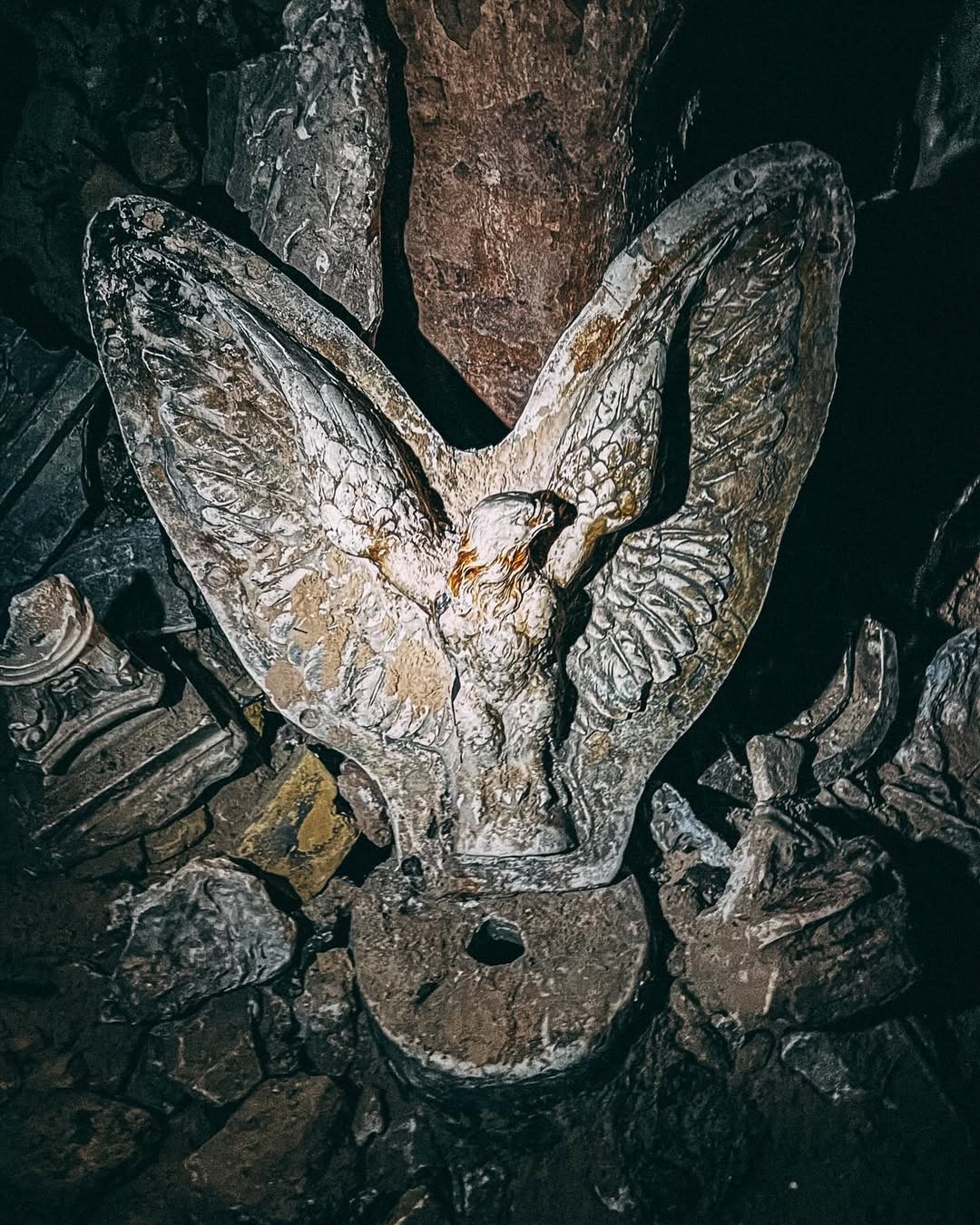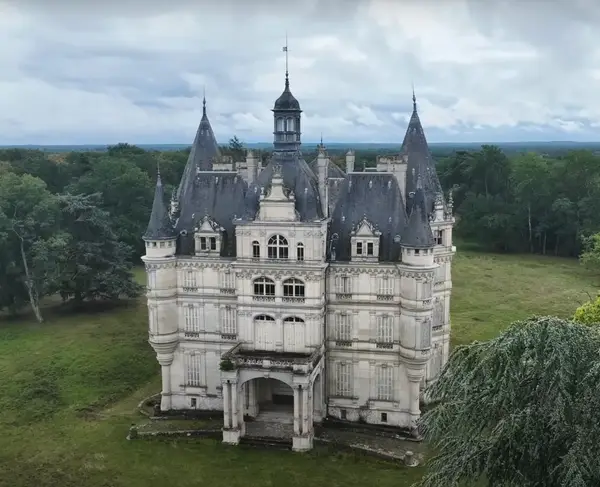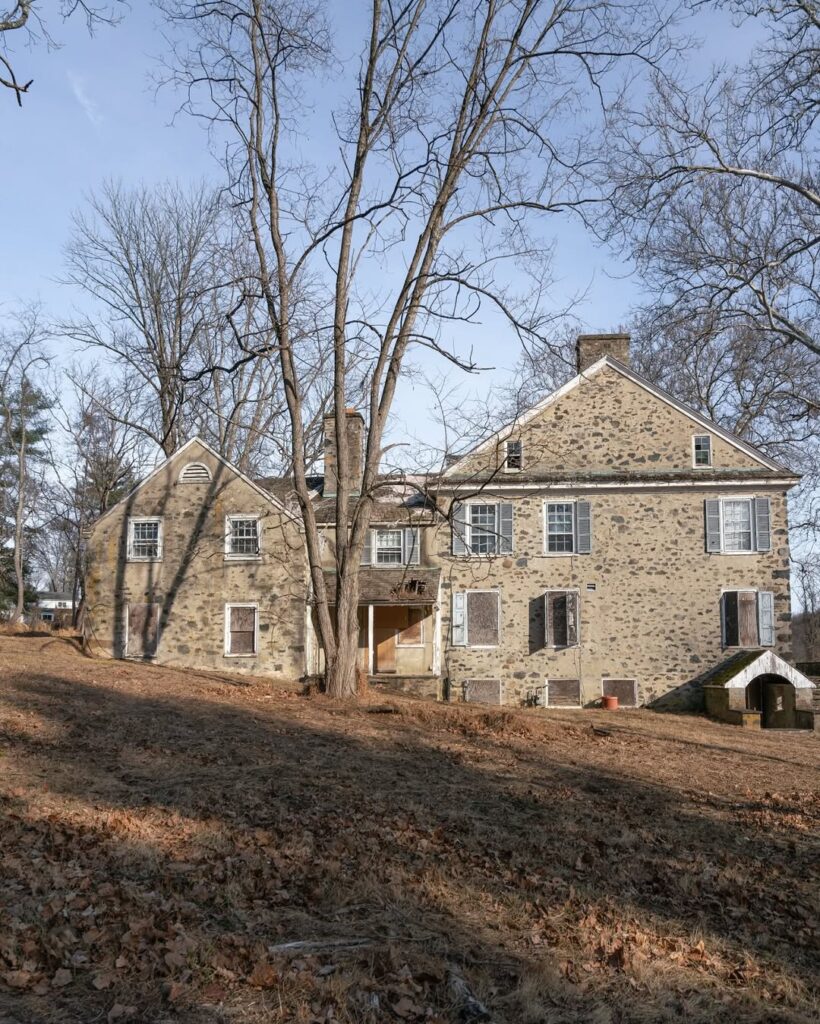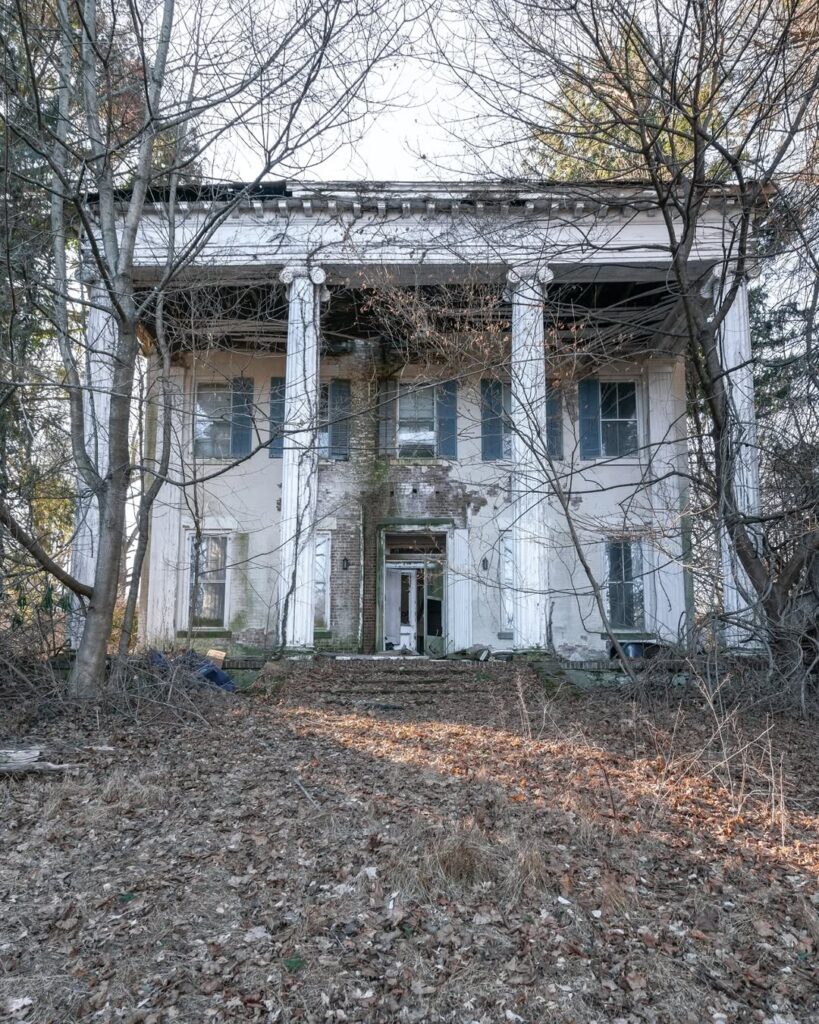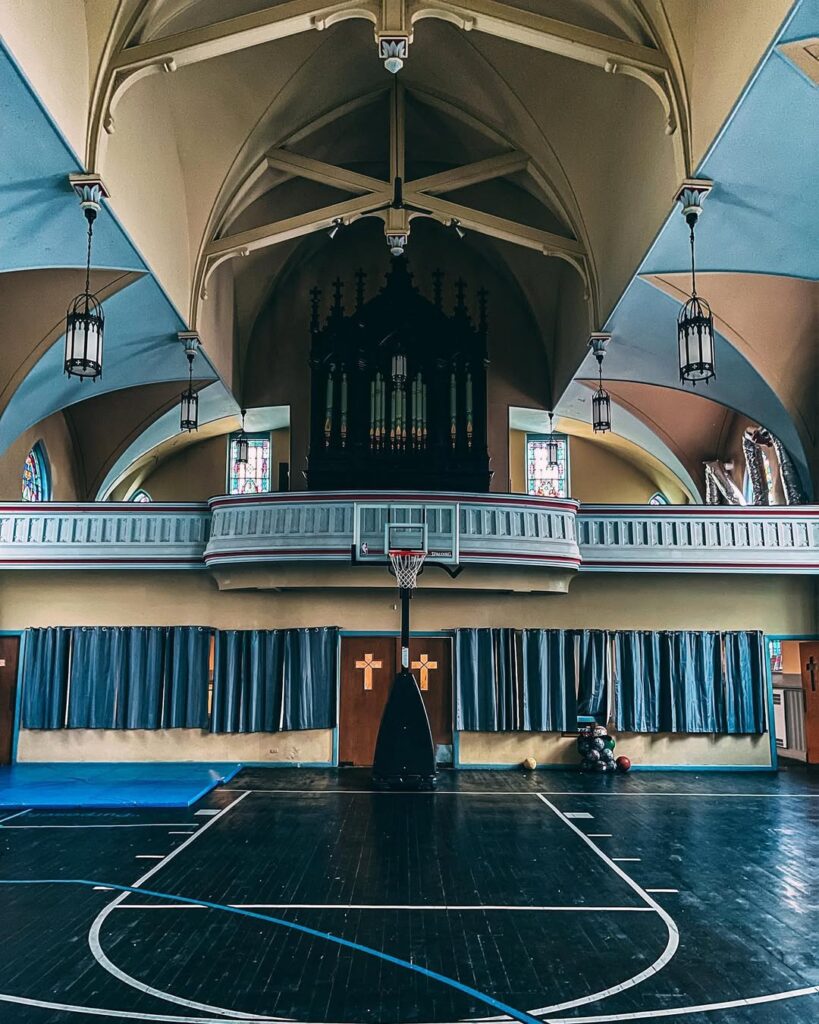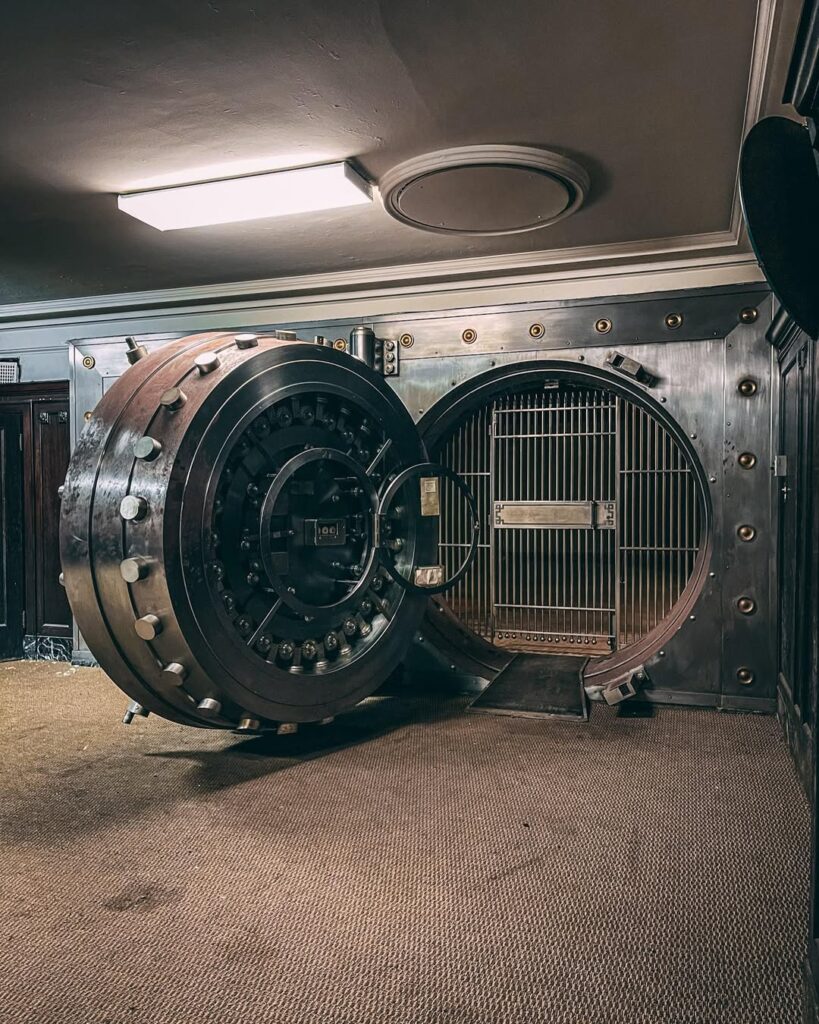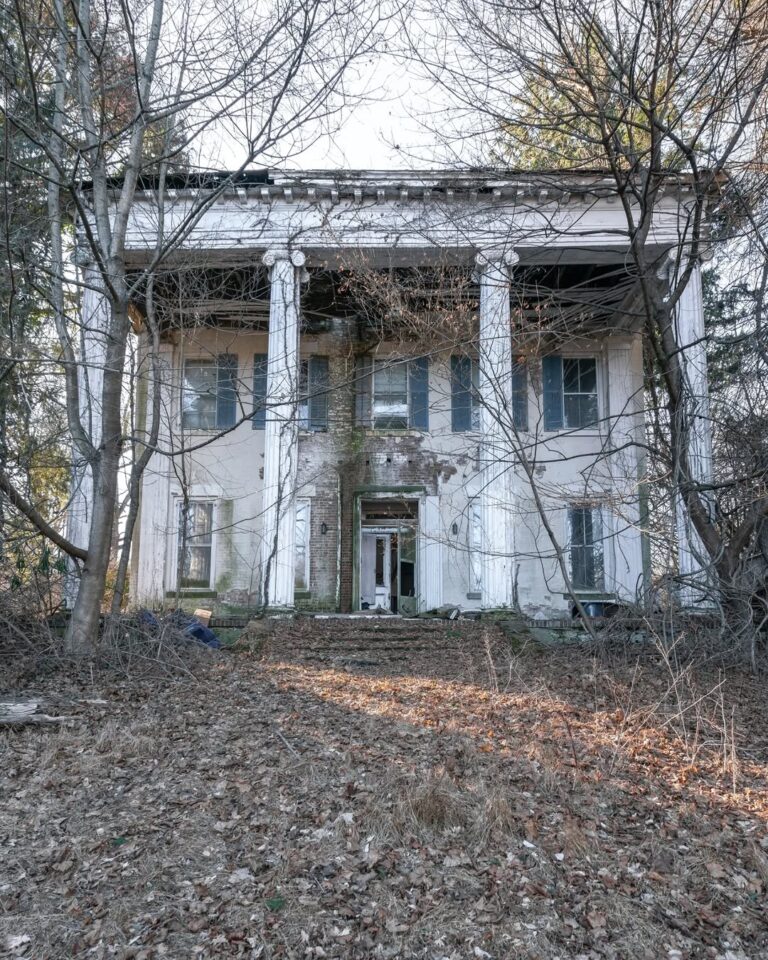Beneath the bustling streets of Chicago lies a forgotten world of abandoned tunnels, secret passages, and mysterious artifact rooms that tell the story of the city’s fascinating underground history. These subterranean networks, built over more than a century, contain preserved chambers filled with historical artifacts that offer unique glimpses into Chicago’s past. From prohibition-era smuggling routes to forgotten utility corridors, these abandoned tunnels represent one of America’s most intriguing urban archaeological treasures.
Table of Contents
ToggleThe Hidden Underground Network: Chicago’s Forgotten Tunnel Systems
Chicago’s abandoned tunnel network spans dozens of miles beneath the city, connecting buildings, facilitating transportation, and serving purposes that range from the practical to the clandestine. These tunnels were constructed during different periods of the city’s development, each serving specific needs that reflected the social, economic, and technological demands of their respective eras.
The most extensive tunnel systems date back to the late 19th and early 20th centuries, when Chicago was rapidly expanding as a major industrial and commercial center. City planners and private developers recognized the need for underground infrastructure that could support the growing metropolis while protecting essential services from Chicago’s harsh winters and the chaos of street-level activity.
Many of these tunnels were originally designed as utility corridors, housing steam pipes, electrical cables, and water mains that served downtown buildings. Others were built as pedestrian passages, allowing people to move between buildings without facing Chicago’s notorious weather conditions. Some served more secretive purposes, particularly during the Prohibition era when underground passages became essential for smuggling operations.
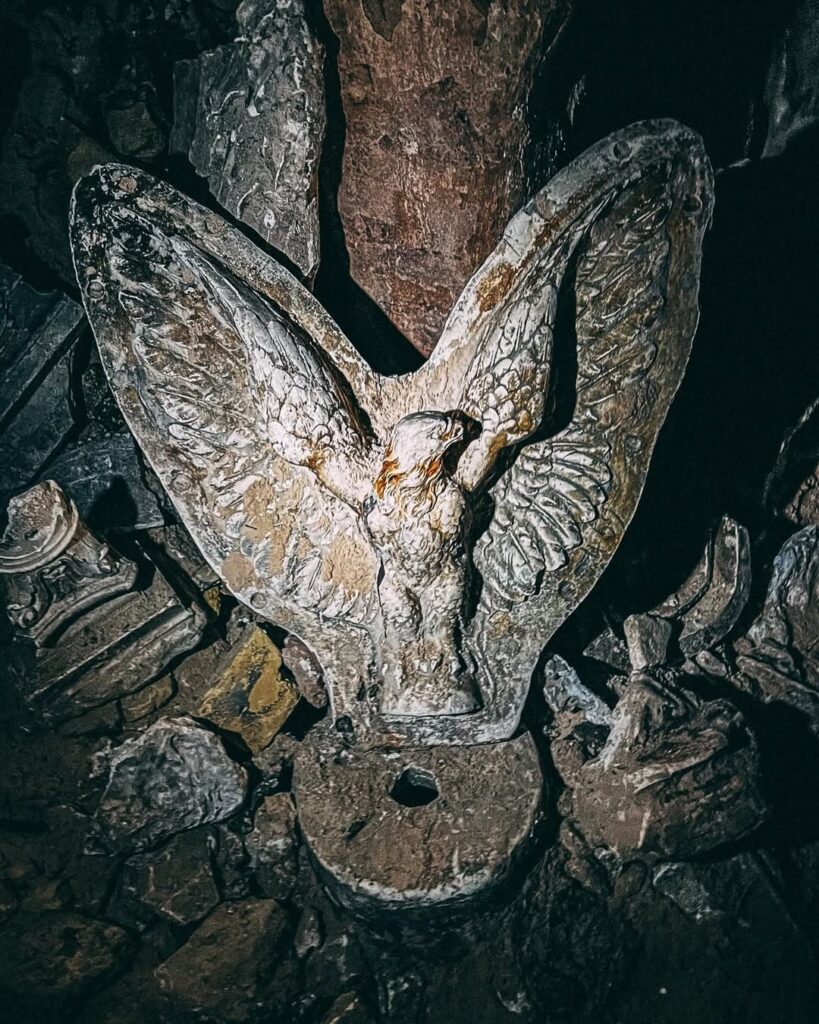
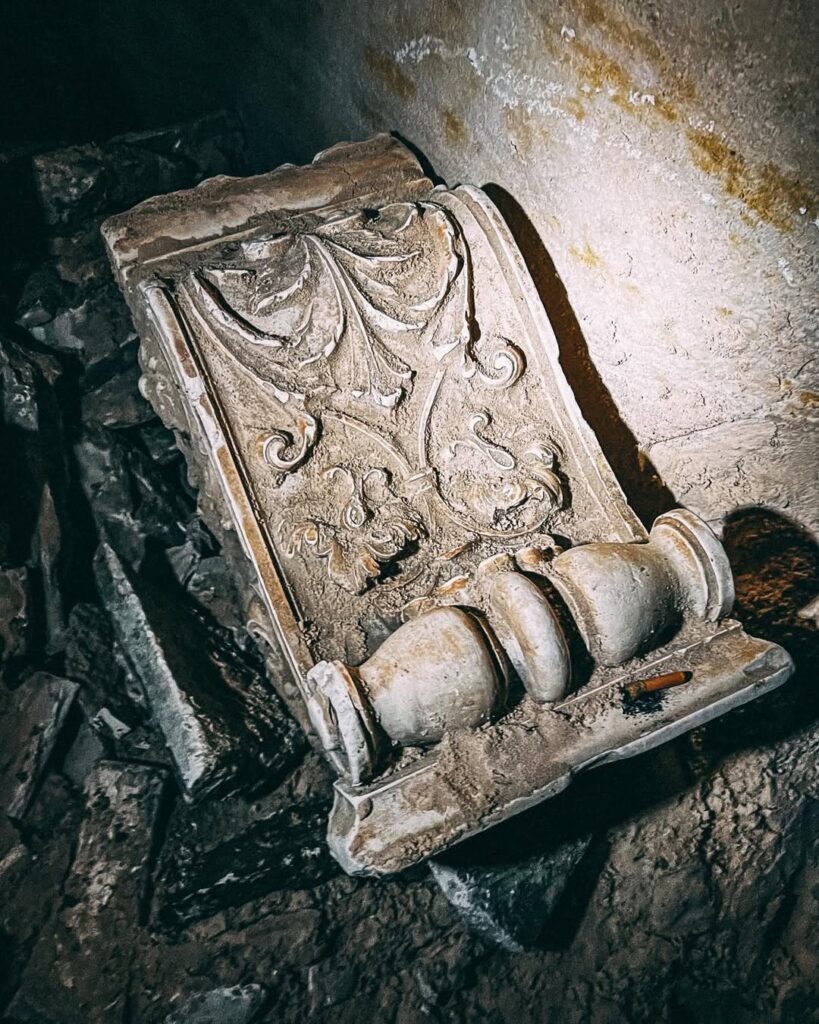
The Mysterious Artifact Room: A Time Capsule Beneath Chicago
Deep within Chicago’s abandoned tunnel network lies one of the city’s most intriguing secrets: a carefully preserved artifact room that serves as an unexpected museum of the city’s underground history. This chamber, discovered by urban explorers and historians, contains a remarkable collection of items that span decades of Chicago’s development and provide unprecedented insights into the daily lives of those who used these forgotten passages.
The artifact room appears to have been intentionally preserved, suggesting that someone recognized the historical value of the items and took steps to protect them from the deterioration that affects much of the abandoned tunnel system. The room contains everything from vintage construction tools and architectural fragments to personal items left behind by workers and visitors who once used these underground spaces.
Contents of the Hidden Artifact Collection
The artifact room houses an eclectic collection that tells multiple stories about Chicago’s past. Construction materials from different eras reveal the evolution of building techniques and materials used in underground construction. Hand tools, some dating back to the early 1900s, show the craftsmanship and methods employed by the workers who built and maintained these tunnel systems.
Personal items found in the collection include clothing fragments, newspapers, and everyday objects that provide intimate glimpses into the lives of people who spent time in these underground spaces. These artifacts are particularly valuable because they represent the experiences of ordinary Chicagoans whose stories are often missing from traditional historical records.
Documents and photographs discovered in the artifact room include construction plans, worker records, and images that document various phases of tunnel construction and use. These materials are especially significant because they provide visual evidence of spaces and activities that were often kept secret or simply not considered worthy of official documentation.
Historical Context: The Evolution of Chicago’s Underground Infrastructure
Early Development and Industrial Expansion
Chicago’s tunnel systems began developing in the mid-19th century as the city established itself as a major transportation and industrial hub. The Great Chicago Fire of 1871, while devastating to the surface city, actually accelerated underground development as rebuilders recognized the importance of protecting essential infrastructure from future disasters.
The period following the fire saw extensive planning for underground utility systems that could support the rapidly growing city. Engineers and architects incorporated lessons learned from the fire, designing tunnel systems that could house multiple utilities while providing redundant pathways to ensure continued service even if parts of the system were damaged.
Industrial expansion in the late 1800s created additional demands for underground infrastructure. Factories, warehouses, and commercial buildings required steam heat, electrical power, and water services that could be reliably delivered regardless of surface conditions. The tunnel systems developed during this period formed the foundation for many of the abandoned networks that exist today.
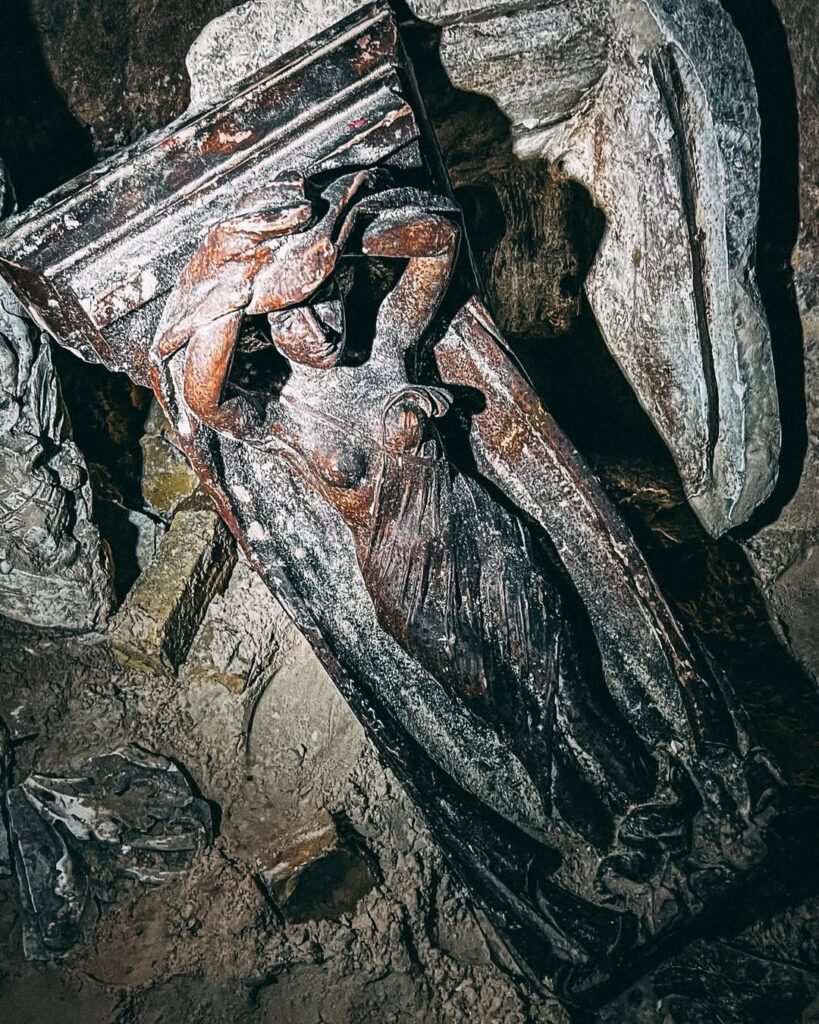

Prohibition Era and Clandestine Activities
The Prohibition era dramatically changed the purpose and use of many Chicago tunnel systems. What had been designed as utility corridors and pedestrian passages became essential infrastructure for bootlegging operations and speakeasies. The existing tunnel network provided ready-made smuggling routes that allowed illegal alcohol to be transported throughout the city with minimal risk of detection.
During this period, many tunnels were modified or expanded to better serve their new clandestine purposes. Hidden rooms were created for storage, and new passages were excavated to connect speakeasies with existing tunnel networks. The artifact room likely contains items from this era, including bottles, equipment, and other materials related to Prohibition-era activities.
The end of Prohibition didn’t immediately end the use of tunnels for illegal activities. The established networks continued to serve various underground economies, and some tunnels remained in use for legitimate purposes such as building maintenance and utility access.
Exploring Chicago’s Abandoned Tunnel Networks
The Downtown Pedway System and Its Forgotten Branches
Chicago’s official Pedway system represents the visible portion of the city’s underground network, but numerous abandoned branches and forgotten sections extend far beyond the maintained public areas. These abandoned sections often connect to older tunnel systems and contain some of the most interesting historical artifacts and architectural features.
The abandoned branches of the Pedway system reveal different phases of Chicago’s underground development. Some sections show evidence of 1920s construction techniques, while others reflect post-World War II building methods. The transitions between different construction eras are particularly visible in these forgotten spaces, providing a geological-like record of Chicago’s urban development.
Exploration of these abandoned sections requires careful planning and appropriate safety precautions. Many areas have structural issues, flooding problems, or environmental hazards that make casual exploration dangerous. However, organized tours and research expeditions have documented extensive networks that continue to surprise even experienced urban historians.
Steam Tunnel Networks and Utility Corridors
Chicago’s steam tunnel system, which once provided heating for much of downtown, includes numerous abandoned sections that contain fascinating artifacts and architectural features. These tunnels were built to accommodate large steam pipes and include maintenance areas, storage rooms, and access points that are no longer in regular use.
The abandoned steam tunnels often contain the most impressive examples of early 20th-century underground construction techniques. The engineering solutions developed to handle high-temperature steam pipes in underground environments required innovative approaches to ventilation, structural support, and maintenance access.
Many of these tunnel sections contain artifacts related to their operational history, including vintage equipment, maintenance tools, and documentation of repair and modification work. The artifact room may have originated as a storage area for one of these steam tunnel systems, explaining the presence of construction-related items and technical documentation.
Archaeological Significance of the Abandoned Tunnels
Urban Archaeology and Historical Preservation
The abandoned Chicago tunnels represent a unique form of urban archaeology, preserving layers of the city’s history in ways that surface development cannot. Unlike traditional archaeological sites, these underground spaces contain artifacts and structures from multiple time periods, creating three-dimensional historical records that document the evolution of urban infrastructure.
Archaeological investigation of the tunnel systems has revealed construction techniques, material choices, and design philosophies that reflect different periods of Chicago’s development. These findings contribute to our understanding of how American cities developed their underground infrastructure and how technological and social changes influenced construction practices.
The preservation conditions in many abandoned tunnels are surprisingly good, with consistent temperatures and humidity levels protecting artifacts that would have deteriorated rapidly if left on the surface. This natural preservation has created opportunities for studying materials and objects that rarely survive in other urban archaeological contexts.

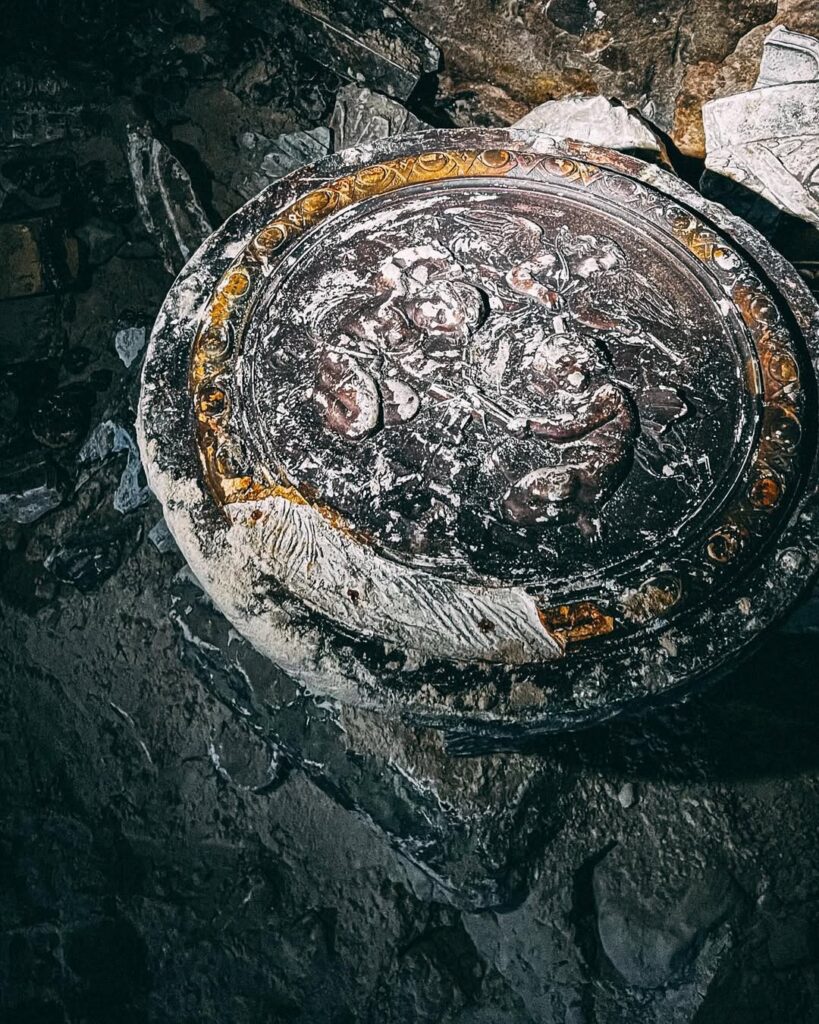
Research Opportunities and Academic Studies
The abandoned tunnel networks provide excellent research opportunities for historians, archaeologists, and urban planners studying the development of American cities. The artifact room, in particular, offers a concentrated collection of materials that can support detailed studies of specific time periods and activities.
Academic research in the tunnels has focused on several areas, including construction techniques, urban planning philosophy, and the social history of underground spaces. The artifacts found in these spaces provide evidence for research questions that cannot be answered using traditional historical sources such as newspapers or official records.
Collaborative research projects involving multiple institutions have begun documenting the tunnel systems and their contents systematically. These efforts aim to create comprehensive records of the underground networks before further deterioration makes detailed study impossible.
Safety and Access: Navigating Chicago’s Underground Maze
Understanding the Risks of Tunnel Exploration
Exploring abandoned Chicago tunnels requires serious consideration of multiple safety risks that range from structural hazards to environmental dangers. Many tunnel sections have been abandoned for decades, and structural integrity can be compromised by water damage, foundation settling, or deterioration of construction materials.
Environmental hazards in abandoned tunnels include poor air quality, flooding, and the presence of hazardous materials from previous industrial uses. Some tunnel sections may contain asbestos, lead paint, or other toxic substances that require specialized protective equipment and training to handle safely.
Navigation risks are significant in the extensive tunnel networks, where it’s easy to become disoriented or lost. Many tunnels lack adequate lighting, and layout patterns can be confusing even to experienced explorers. Emergency communication can be difficult or impossible in underground locations, making solo exploration particularly dangerous.
Legitimate Access and Tour Opportunities
Several organizations in Chicago offer legitimate access to portions of the abandoned tunnel systems through organized tours and educational programs. These tours provide safe ways to experience the underground networks while learning about their history and significance from knowledgeable guides.
The Chicago Architecture Foundation occasionally offers specialized tours that include underground elements, though access to the most interesting abandoned sections is typically limited due to safety concerns. Private tour companies also provide underground experiences, though the quality and safety standards of these offerings vary significantly.
Research access to the tunnel systems is available through academic institutions and historical societies that have established relationships with property owners and city officials. These programs typically require specific qualifications and safety training but provide opportunities for detailed study of the underground networks.
The Cultural Impact of Chicago’s Hidden Underground
Urban Legends and Popular Culture
Chicago’s abandoned tunnels have inspired numerous urban legends and captured the imagination of writers, filmmakers, and artists. Stories about hidden speakeasies, secret government facilities, and mysterious underground societies reflect the public fascination with these hidden spaces and their potential secrets.
Popular culture representations of Chicago’s underground range from crime novels set during Prohibition to horror stories that use the tunnels as atmospheric settings. These fictional portrayals often exaggerate the size and complexity of the tunnel networks but reflect genuine public interest in the hidden aspects of urban infrastructure.
The discovery and documentation of the artifact room has added new elements to Chicago’s underground mythology, with speculation about who created the collection and why it was preserved. These stories contribute to the ongoing cultural significance of the tunnel networks beyond their historical value.
Photography and Artistic Documentation
The abandoned tunnels have attracted photographers and artists who are drawn to the unique visual qualities of these underground spaces. The combination of architectural features, decay patterns, and historical artifacts creates compelling subjects for artistic documentation.
Photography projects focused on the tunnel systems have produced important visual records of spaces that are often inaccessible to the general public. These images serve both artistic and documentary purposes, preserving visual information about tunnel conditions and contents that may change over time.
Artistic interpretations of the underground spaces have included multimedia installations, performance pieces, and literary works that explore themes of hidden history, urban development, and the relationship between public and private spaces in modern cities.
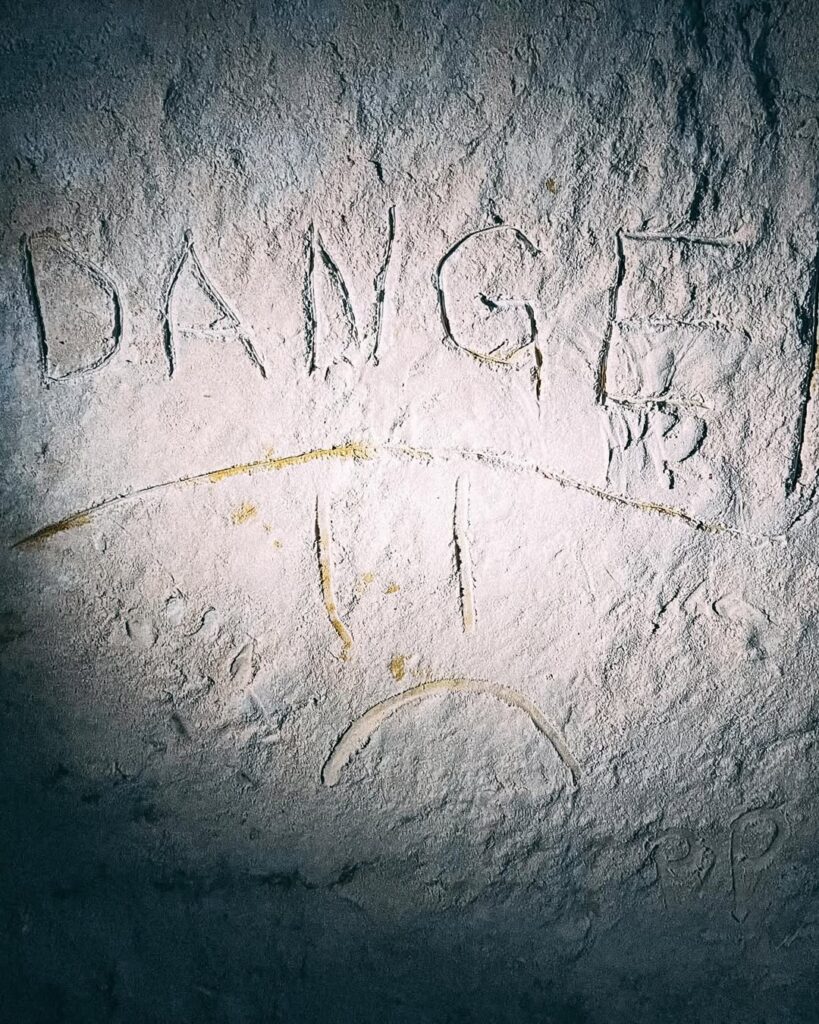
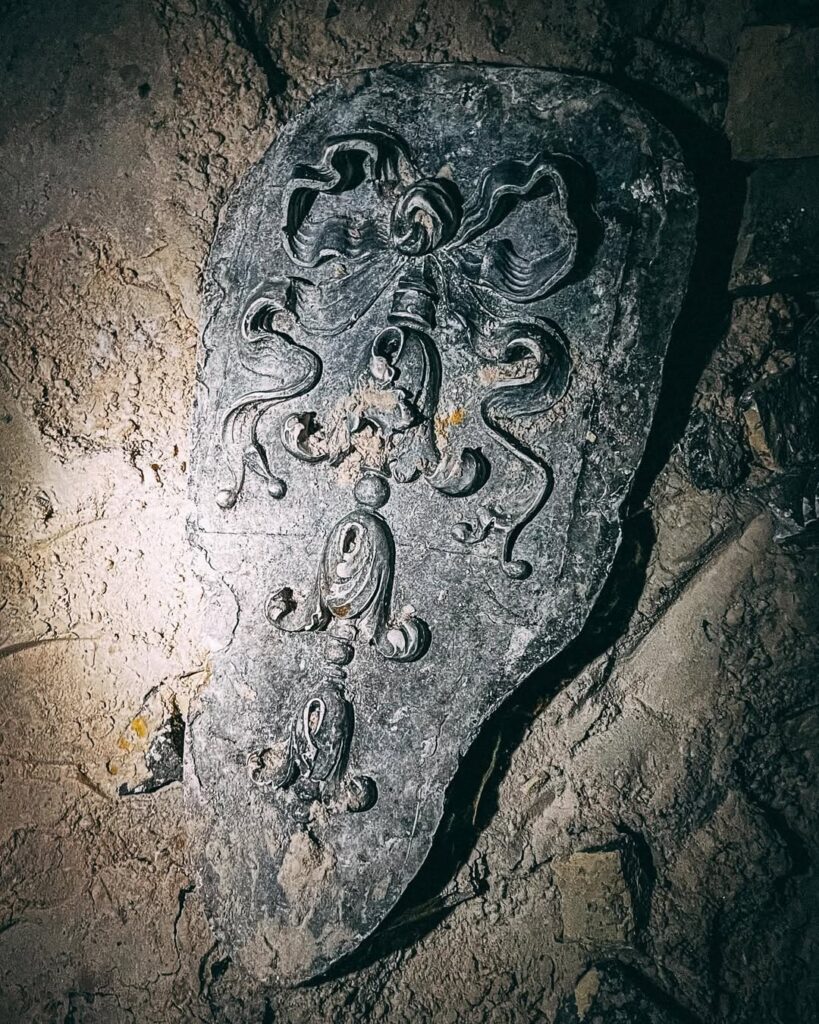
Preservation Challenges and Future Prospects
Structural Deterioration and Environmental Threats
The abandoned Chicago tunnels face numerous preservation challenges that threaten both the structures themselves and the artifacts they contain. Water infiltration is a constant problem, with groundwater, storm runoff, and infrastructure leaks causing ongoing damage to tunnel walls, floors, and contents.
Structural deterioration affects different tunnel sections in various ways, depending on their age, construction methods, and maintenance history. Some areas show signs of foundation settling or concrete degradation that could lead to partial or complete collapse without intervention.
Environmental changes in the surrounding city also impact the tunnel systems. Construction projects, utility work, and changes in groundwater patterns can affect tunnel stability and preservation conditions. The artifact room, while currently well-preserved, faces ongoing threats from these environmental factors.
Conservation Efforts and Historical Recognition
Recognition of the historical significance of Chicago’s abandoned tunnels has led to increased interest in conservation efforts, though funding and access challenges limit the scope of preservation work. Several historical societies and academic institutions have documented portions of the tunnel systems and advocated for their protection.
The artifact room represents a particular conservation challenge because it contains numerous items that require different preservation approaches. Professional conservators have assessed some of the collection, but comprehensive preservation work would require significant resources and ongoing maintenance.
Efforts to gain official historical recognition for the tunnel systems have made limited progress, partly because of the difficulty of providing public access to underground spaces with safety concerns. However, documentation efforts continue to build the case for formal protection of the most significant tunnel sections.
Planning Your Underground History Adventure
Legitimate Exploration Opportunities
Visitors interested in experiencing Chicago’s underground history have several legitimate options that provide safe access to portions of the tunnel networks. The Chicago Pedway system offers the most accessible introduction to the city’s underground infrastructure, with clearly marked routes and regular maintenance.
Specialized tour companies provide more adventurous underground experiences, though participants should carefully research the credentials and safety records of tour operators. The best tours combine historical information with safe access to interesting underground locations.
Academic programs and historical societies occasionally offer research-oriented access to abandoned tunnel sections for serious students of urban history. These opportunities typically require specific qualifications and commitments to documentation or research projects.
Preparing for Underground Exploration
Proper preparation is essential for anyone planning to explore Chicago’s underground spaces, even on organized tours. Appropriate clothing includes sturdy shoes with good traction, layers for temperature changes, and items that can get dirty without concern.
Safety equipment recommendations vary depending on the specific locations being visited, but basic items include reliable flashlights, emergency communication devices, and first aid supplies. More extensive exploration may require specialized equipment and training.
Research preparation should include studying maps of the areas being visited, understanding the historical context of the spaces, and learning about potential hazards or restrictions. This preparation enhances both safety and the educational value of underground exploration.
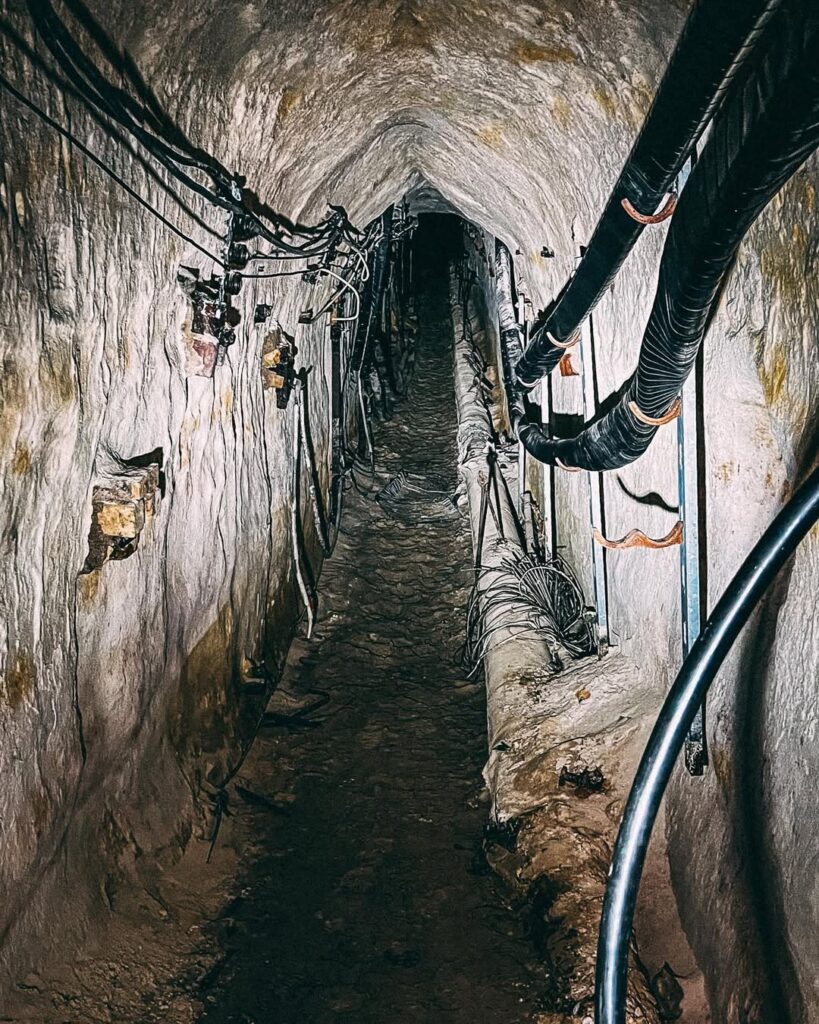
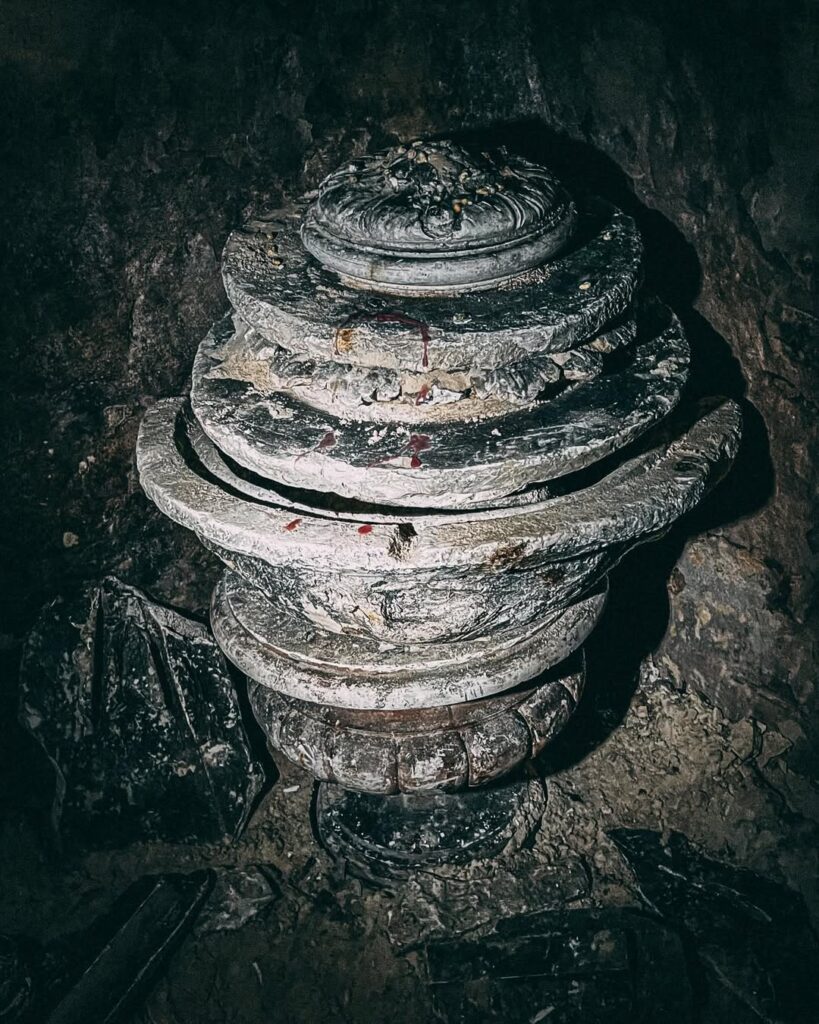
The Future of Chicago’s Underground Heritage
Technology and Documentation Efforts
Modern technology is revolutionizing the documentation and study of Chicago’s abandoned tunnel systems. 3D scanning, photogrammetry, and digital mapping techniques are creating detailed records of underground spaces that would have been impossible to produce using traditional methods.
Virtual reality applications are being developed that will allow people to experience the tunnel systems remotely, providing access to spaces that are too dangerous or restricted for physical exploration. These technologies also support educational programs and research initiatives.
Digital preservation of artifacts from the underground collections ensures that these materials remain available for study even if physical preservation proves impossible. High-resolution photography and detailed cataloging create permanent records of items that might otherwise be lost to deterioration.
Educational and Tourism Potential
The growing interest in urban exploration and historical tourism suggests significant potential for developing Chicago’s underground heritage as an educational and economic resource. Properly managed access to selected tunnel sections could support both preservation efforts and public education.
Educational programs based on the underground networks could serve schools, universities, and lifelong learning initiatives. The combination of engineering, history, and archaeology represented in the tunnel systems appeals to diverse educational interests and age groups.
Tourism development focused on Chicago’s underground history could complement existing architectural and historical attractions while providing economic incentives for preservation efforts. The unique nature of the underground networks gives Chicago a competitive advantage in heritage tourism markets.
Conclusion: Preserving Chicago’s Hidden Underground Legacy
The abandoned Chicago tunnels with their mysterious artifact room represent a remarkable chapter in American urban history that deserves recognition, study, and preservation. These underground networks tell stories of ingenuity, adaptation, and resilience that span more than a century of the city’s development.
From their origins as practical solutions to infrastructure challenges through their transformation during Prohibition and their eventual abandonment, these tunnel systems reflect the changing needs and priorities of Chicago’s growth. The artifact room serves as an unexpected museum that preserves tangible connections to the people who built, maintained, and used these hidden spaces.
The preservation challenges facing these underground heritage sites are significant, but the growing recognition of their value provides hope for conservation efforts. Modern documentation techniques are creating permanent records of these spaces, while educational initiatives are raising public awareness of their significance.
As Chicago continues to evolve and develop, the abandoned tunnel networks remind us of the layers of history that exist beneath our feet. They challenge us to consider the hidden aspects of urban development and to value the stories of ordinary people whose work and lives are often forgotten in traditional historical narratives.
The future of Chicago’s underground heritage depends on continued research, documentation, and advocacy efforts that can build support for preservation while providing safe opportunities for public engagement. These remarkable spaces have survived decades of neglect and continue to offer new discoveries for those willing to explore the hidden history beneath the Windy City’s streets.
Whether through virtual experiences, organized tours, or academic research, Chicago’s abandoned tunnels and their artifact treasures will continue to fascinate and educate future generations about the complex underground infrastructure that helped build one of America’s greatest cities.
![]()
Abandonedplace.com is your premier online destination for discovering and share the Top 50 abandoned places in the world. Our platform is dedicated to discovering the mystery, history and beauty of forgotten places through the Lenses of Urban Exploration

